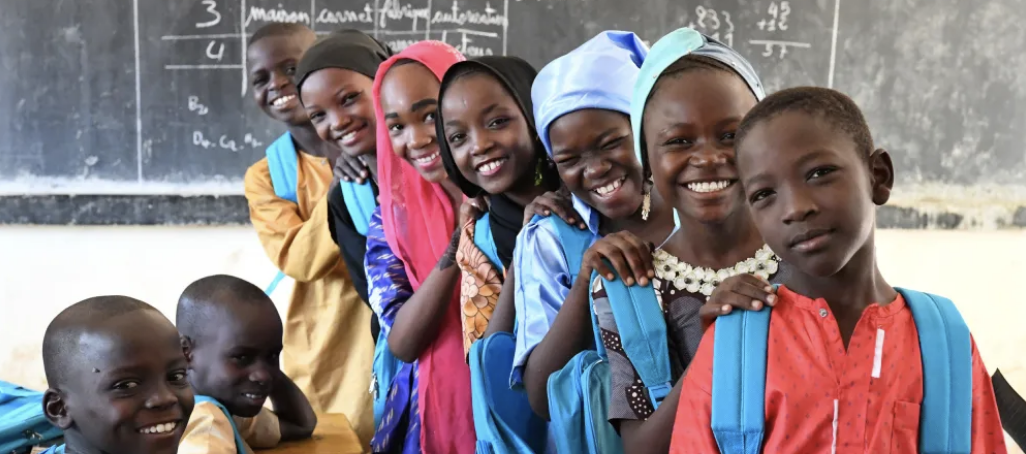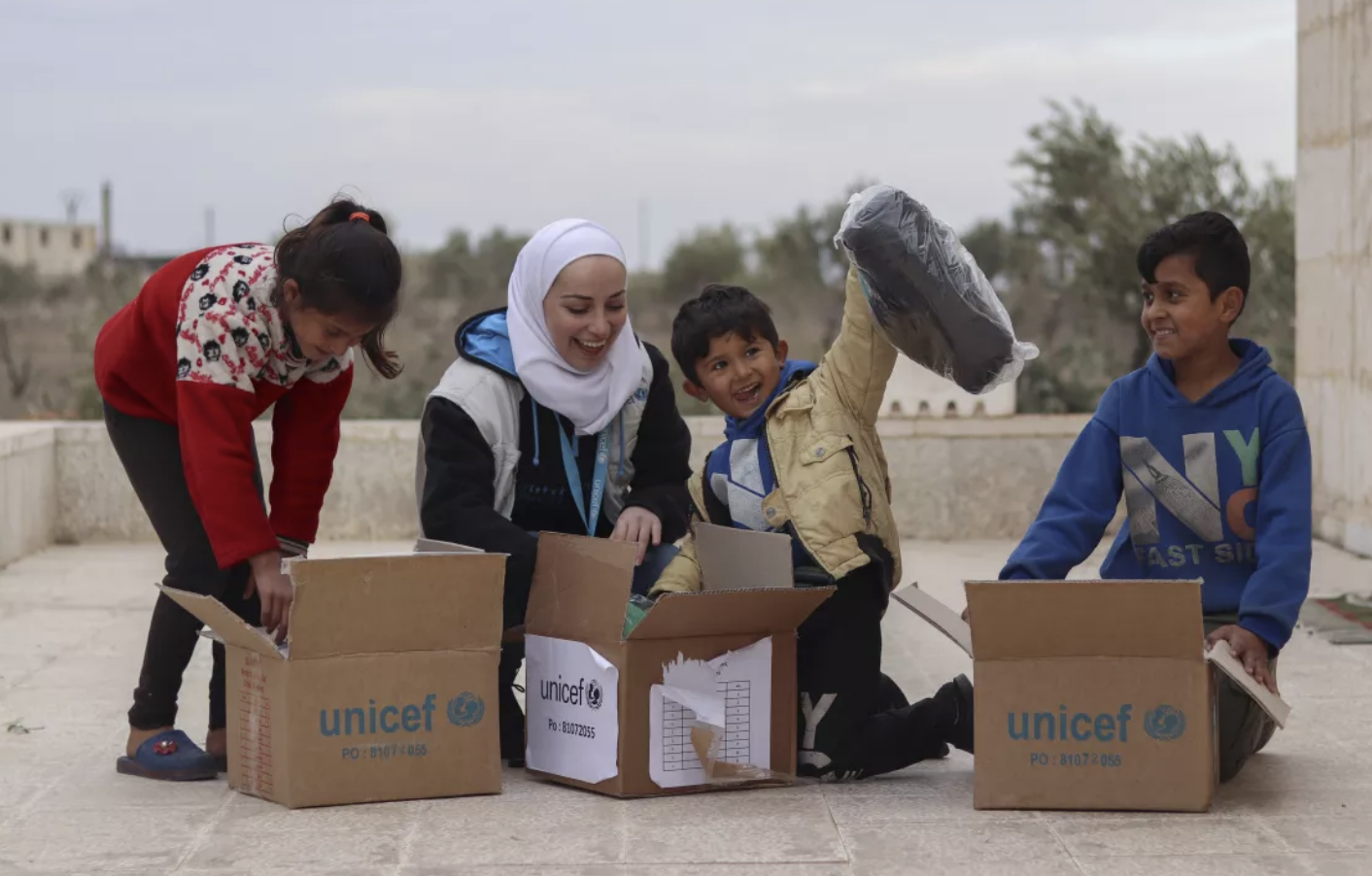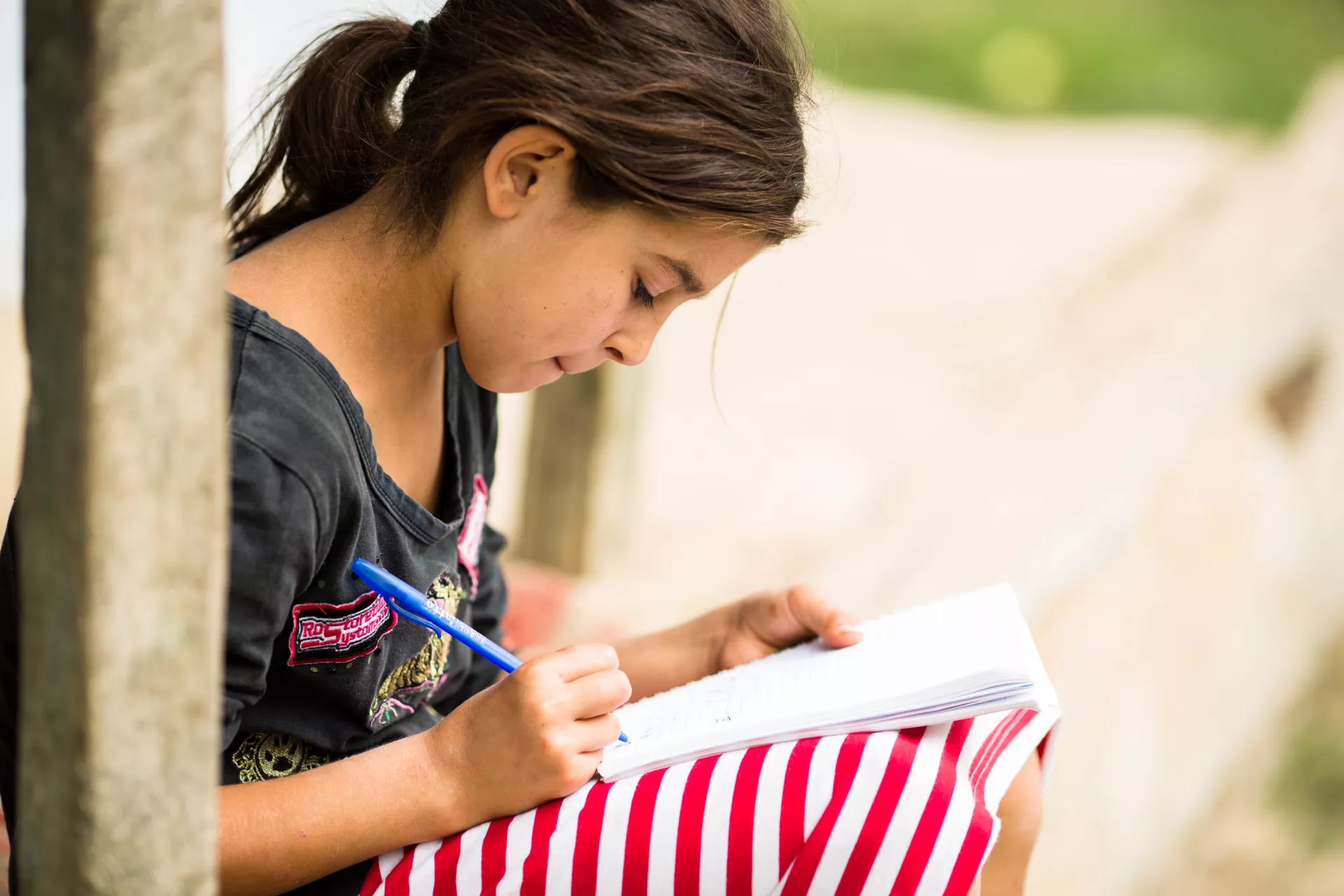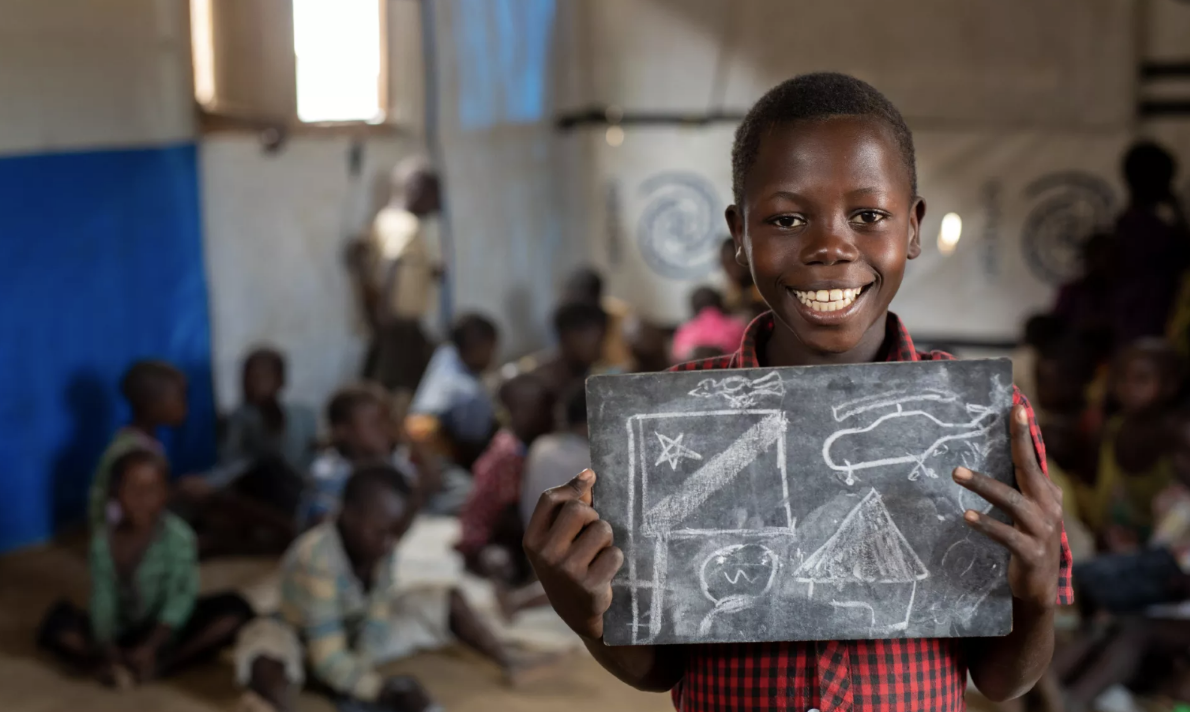Children's Rights: A Global Perspective on Progress and Challenges
Examining the state of children's rights worldwide, 35 years after the Convention on the Rights of the Child
Thirty-five years after the adoption of the Convention on the Rights of the Child (CRC), the world has witnessed remarkable progress in advancing children's rights. Yet significant challenges remain, with millions of children still denied their fundamental rights to survival, development, protection, and participation. This comprehensive analysis examines the current state of children's rights globally, highlighting both achievements and persistent gaps that demand urgent attention.
The Foundation: Convention on the Rights of the Child
The Convention on the Rights of the Child, adopted by the UN General Assembly on November 20, 1989, stands as the most widely ratified human rights treaty in history. With 196 countries as parties, it establishes a comprehensive framework for children's rights based on four core principles:
Four Fundamental Principles
- Non-discrimination: All rights apply to all children without exception
- Best interests of the child: Primary consideration in all actions concerning children
- Right to life, survival and development: Maximum extent possible
- Respect for the views of the child: Participation in decisions affecting them
The Convention encompasses 54 articles covering civil, political, economic, social, and cultural rights, establishing children as rights-holders rather than mere beneficiaries of adult protection.
Every child has the right to life, liberty and security. Every child has the right to be heard and to have their views taken seriously. These are not privileges to be earned, but rights to be claimed.
Progress Achieved: Remarkable Gains
The past three decades have witnessed unprecedented progress in children's welfare across multiple dimensions. Global child mortality rates have declined dramatically, educational access has expanded significantly, and legal protections have strengthened worldwide.
Child Survival and Health
Perhaps the most striking achievement has been in child survival. The under-five mortality rate has fallen by more than half since 1990, from 93 deaths per 1,000 live births to 37 in 2022. This translates to approximately 150 million children's lives saved over the past three decades.
Global Health Progress Indicators
Educational Advancement
Educational access has expanded dramatically, with primary school enrollment reaching 91% globally. The gender gap in education has narrowed significantly, with girls' enrollment in primary education now nearly equal to boys' in most regions.
Case Study: Rwanda's Transformation
Rwanda exemplifies remarkable progress in children's rights post-conflict. Following the 1994 genocide, the country has achieved:
- Under-five mortality reduced from 196 per 1,000 (1990) to 31 per 1,000 (2022)
- Primary school enrollment increased from 74% to 99%
- Comprehensive child protection laws enacted
- Community-based child care programs established nationwide
Rwanda's success demonstrates how political commitment, community engagement, and international support can transform children's lives even in post-conflict settings.

Persistent Challenges: The Unfinished Agenda
Despite significant progress, substantial challenges persist in realizing children's rights universally. These challenges are often interconnected, with poverty, conflict, discrimination, and climate change creating complex barriers to children's wellbeing.
Child Poverty
356 million children live in extreme poverty, lacking access to basic necessities. Child poverty rates are particularly high in Sub-Saharan Africa (40%) and South Asia (30%).
Education Gaps
244 million children remain out of school, with girls, children with disabilities, and those in conflict zones disproportionately affected.
Violence and Abuse
1 billion children experience violence annually, including physical, sexual, and emotional abuse, often within their own homes and communities.
Child Labor
160 million children are engaged in child labor, with 79 million in hazardous work that directly endangers their health and development.
We cannot claim victory in children's rights while millions of children still face violence, exploitation, and deprivation. Every child left behind represents a failure of our collective commitment.
Regional Disparities: A Tale of Two Worlds
Progress in children's rights has been uneven across regions, with stark disparities between and within countries. Sub-Saharan Africa faces the greatest challenges, while East Asia and the Pacific have made remarkable strides.
Sub-Saharan Africa: Greatest Challenges
Despite progress, Sub-Saharan Africa continues to face the most severe challenges in children's rights:
- Highest child mortality rates globally (76 per 1,000 live births)
- 60% of out-of-school children live in the region
- Highest rates of child marriage and female genital mutilation
- Most children affected by conflict and displacement
East Asia and Pacific: Remarkable Progress
The region has achieved significant improvements across multiple indicators:
- Child mortality reduced by 80% since 1990
- Near-universal primary education achieved
- Significant reduction in child malnutrition
- Strong economic growth benefiting children
Case Study: Brazil's Bolsa Família Program
Brazil's Bolsa Família program demonstrates how targeted social protection can advance children's rights at scale:
- Reached 14 million families (50 million individuals)
- Reduced extreme poverty by 36% and child mortality by 17%
- Increased school enrollment by 37% among beneficiary children
- Conditional cash transfers linked to health and education requirements
The program's success influenced similar initiatives across Latin America and beyond, demonstrating the power of comprehensive social protection in advancing children's rights.
Emerging Threats: New Challenges for Children's Rights
Contemporary challenges pose new threats to children's rights, requiring innovative approaches and renewed commitment from the global community.
Climate Change Impact
Climate change disproportionately affects children, with 1 billion children living in countries at extremely high risk of climate impacts. Rising temperatures, extreme weather events, and environmental degradation threaten children's health, education, and overall development.
Digital Divide and Online Safety
While digital technology offers unprecedented opportunities for learning and connection, it also creates new risks. 2.2 billion children lack internet access at home, while those online face cyberbullying, exploitation, and exposure to harmful content.
Mental Health Crisis
Mental health issues among children and adolescents have reached crisis levels, exacerbated by the COVID-19 pandemic. Suicide is now the fourth leading cause of death among 15-19 year-olds globally.
The Role of Technology in Advancing Children's Rights
Technology presents both opportunities and challenges for children's rights. Digital innovations can enhance access to education, healthcare, and protection services, while also creating new vulnerabilities.
Positive Applications
- Digital Learning: Online platforms reaching 1.6 billion students during COVID-19
- Health Monitoring: Mobile health applications tracking child development
- Birth Registration: Digital systems improving identity documentation
- Child Protection: AI systems detecting online exploitation
Risks and Challenges
- Digital Divide: Unequal access perpetuating inequalities
- Online Exploitation: Increased risks of abuse and trafficking
- Privacy Concerns: Data protection for children
- Screen Time: Impact on physical and mental development
Technology is not neutral. It can either accelerate progress toward children's rights or deepen existing inequalities. Our responsibility is to ensure it serves every child's best interests.
COVID-19: A Stress Test for Children's Rights
The COVID-19 pandemic served as an unprecedented stress test for children's rights systems worldwide, revealing both vulnerabilities and resilience in protecting children during crises.
Immediate Impacts
- 1.6 billion children affected by school closures
- Increased domestic violence and child abuse
- Disrupted vaccination programs affecting 80 million children
- Rising child poverty and food insecurity
Long-term Consequences
- Learning losses equivalent to 1.8 years of schooling
- Increased child marriage and teenage pregnancy
- Mental health deterioration among children and adolescents
- Widened inequalities between privileged and marginalized children
Innovative Responses
Despite challenges, the pandemic also sparked innovation in protecting children's rights:
- Rapid deployment of remote learning technologies
- Digital child protection services
- Community-based support networks
- Flexible social protection programs
Case Study: Kenya's Digital Learning Response
Kenya's response to COVID-19 school closures demonstrates innovative approaches to maintaining children's right to education:
- Launched Kenya Education Cloud reaching 1.2 million learners
- Utilized radio and TV broadcasts for remote learning
- Distributed 1.1 million digital devices to students
- Trained 320,000 teachers in digital pedagogy
While challenges remained, particularly for marginalized communities, Kenya's multi-channel approach helped maintain educational continuity for millions of children.
The Path Forward: Accelerating Progress
Achieving universal realization of children's rights requires sustained commitment, innovative approaches, and increased investment. Key strategies for acceleration include:
Strengthening Systems
- Child Protection Systems: Comprehensive, community-based protection mechanisms
- Health Systems: Universal health coverage including children
- Education Systems: Inclusive, quality education for all children
- Justice Systems: Child-friendly legal procedures and protections
Addressing Root Causes
- Poverty Reduction: Comprehensive social protection systems
- Inequality: Progressive policies reducing disparities
- Discrimination: Legal and social measures promoting inclusion
- Conflict Prevention: Peaceful resolution of disputes
Innovation and Technology
- Digital Solutions: Leveraging technology for children's rights
- Data Systems: Real-time monitoring of children's wellbeing
- Financing Innovation: New funding mechanisms for children
- Partnership Models: Multi-stakeholder collaboration
SDG Progress on Children's Rights
Conclusion: A Collective Responsibility
The journey toward universal realization of children's rights has seen remarkable progress, yet significant challenges remain. The Convention on the Rights of the Child provides a robust framework, but implementation requires sustained political will, adequate resources, and innovative approaches.
As we look toward the future, several priorities emerge: addressing persistent inequalities, tackling emerging threats like climate change and digital risks, strengthening child protection systems, and ensuring that every child's voice is heard in decisions affecting their lives.
The COVID-19 pandemic reminded us of children's vulnerability but also demonstrated their resilience and the power of collective action. As we build back better, we must place children's rights at the center of our recovery efforts, ensuring that no child is left behind.
Ultimately, advancing children's rights is not just a moral imperative but an investment in our collective future. Every child whose rights are protected and fulfilled today becomes a building block for a more just, peaceful, and prosperous world tomorrow.
Children are not the people of tomorrow, but are people of today. They have a right to be taken seriously, and to be treated with tenderness and respect. They should be able to grow into whoever they were meant to be.



